ICSI Treatment Procedure and Success Rate
Fertility Treatment
Today, there are many methods for treating infertility, one of which is called ICSI. Like other fertility treatments, microinjection or ICSI treatment increases the chance of having children in infertile couples using sex cells with the highest qualities.
Such treatment aims to identify and select high-quality eggs and sperm for in vitro fertilization (IVF). For this purpose, the egg cell is first formed in the laboratory and then transferred to the mother's uterus. We should note that the microinjection method is often used in cases where the cause of infertility relates to sperm problems such as weakness or poor quality.
Of course, the most appropriate treatment method is selected after performing medical examinations and identifying the symptoms and causes of infertility.
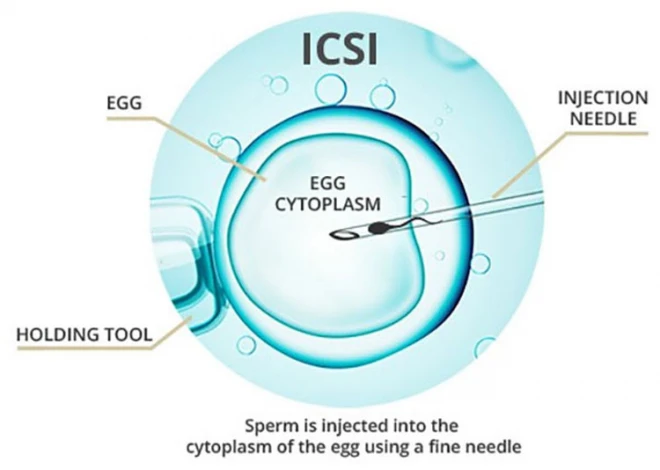
What Is ICSI?
Microinjection or intracytoplasmic sperm injection (ICSI) is one of the IVF technique's newest assisted reproductive techniques (ART). This method, now widely employed in Iran, is used when the sperm do not have enough speed and motility to reach and enter the egg. In this case, samples of male sperm and female eggs should be fertilized in the laboratory.
When Is ICSI Used?
ICSI is usually used when the couple has severe infertility problems and the other methods of assisted reproduction have been unsuccessful. Usually, this technique is used when the male partner doesn't have sufficient sperm or cannot produce sperm.
In general, the conditions that lead to the use of ICSI treatment include:
- Low sperm count or oligozoospermia;
- Absence of sperm in semen sample;
- Improper and abnormal shape of the sperm;
- Low motility of the sperm;
- Having a vasectomy in the past;
- When there is an urgent need to remove the epididymis or testes;
- Injury or lack of vas deferens in a male partner;
- Problems and failures in previous IVF treatment;
- Having non-obstructive azoospermia or NOA (presence of sperm in testicular tissue and its absence in semen);
- Ejaculation disorders in men with diabetes, spinal cord injury, etc.;
- The necessity to use frozen sperm;
- Retrograde ejaculation;
- Low ovarian reserve;
- Poor quality of eggs due to high maternal age;
- A small number of eggs in the female partner and
- Existence of some genetic disorders.
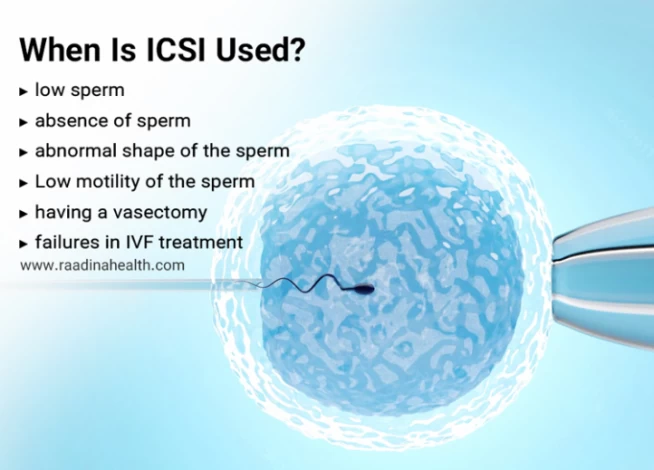
How to Prepare for ICSI Treatment?
To increase the chance of pregnancy through ICSI, you should prepare your body and mind. In the following, we have mentioned valuable tips that will help you prepare for ICSI treatment:
- Have a balanced and nutrient diet: From the first steps of the ICSI method until the delivery day, you should have a proper diet rich in protein and vitamins. Eating more vegetables, fruit, fish, whole grains, fresh and low-fat dairy, nuts and seeds, vitamins (natural or synthetic), and plenty of water before and after the ICSI treatment is recommended. Also, it would help if you refrained from red meat, salt, and alcohol until after the delivery.
- Maintain a healthy BMI: A balanced BMI helps you conceive and carry the baby. You will not gain extra weight by having a healthy diet and exercising regularly; therefore, your chance of getting pregnant through ICSI increases.
- Avoid unhealthy habits: From the moment you decide to get pregnant, you should avoid unhealthy habits such as smoking, drinking alcohol and caffeinated beverages, eating junk foods, etc.
- Be calm and avoid stress and anxiety: Although being anxious before the ICSI procedure is normal, you must manage your stress. Stress and anxiety directly affect your hormones and blood circulation and can cause ICSI to fail. So, you can practice breathing techniques, yoga, and meditation daily to reduce stress before undergoing this treatment.

ICSI Treatment Procedure
After doing the initial examinations in Iran and choosing ICSI as a treatment, doctors follow these steps:
Ultrasound and ovulation induction
Ultrasound should be done on the second or third day of menstruation. If a doctor prescribes it, the patient should take the ovulation induction drugs (oral or injectable) for 10 to 14 days. Also, five or six ultrasounds should be done during the use of ovulation induction drugs;
Egg collection
Doctors inject HCG and collect the eggs (through the egg retrieval process) from bulky ovaries under general or local anesthesia when the follicles have grown sufficiently. At the same time, a sample of male semen is received and sent to the embryology laboratory;
Sperm collection
In this step, the sperms are washed to collect those that are healthy and highly active;
In vitro fertilization
Thirty-six hours after the HCG injection into the female partner, the sperm is injected into an egg in the laboratory. Then, the egg cell is placed in the incubator to reach the four- and eight-cell stages;
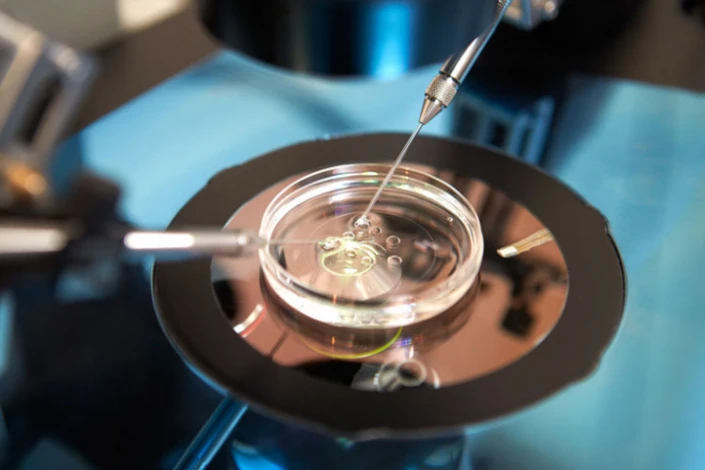
Embryo transfer
Seventy-two hours after fertilization, a maximum of three or four embryos are transferred to the uterus using laparoscopic or vaginal ultrasound methods. The embryos are transferred to the womb via a narrow, flexible laboratory tube catheter. After about two hours, the mother is discharged from the hospital.
In general, most stages of ICSI procedures are similar to IVF steps, and they only differ in the fertilization stage or in how the sperm is collected. The surgical method is used in the ICSI method if no sperm are observed in the semen. This method uses microscopic surgery (extraction of sperm with microscopic surgery under anesthesia) and testicular biopsy (tissue sampling of the testicles).
Also, after the mother is discharged from the hospital, an interval of 10 to 14 days is required for embryo implantation. Then, with the BHCG test, you can be sure of the operation's success and the beginning of the pregnancy. In other words, the level of progesterone in the woman's body increases with the injection of the embryo, and a blood test can confirm the continuation of the pregnancy. After that, the first ultrasound is performed in the seventh week of pregnancy.
Understanding the fertilization Stage in ICSI
In the ICSI treatment, fertilization or injection is critical with Iran's latest world technologies. At this stage, the cells around the egg are separated with special enzymes, and then the sperm is injected into the egg with special microscopic needles. After 24 hours, the egg is examined. If the fertilization process progresses appropriately, the cell will remain in the laboratory until it gets ready to be transferred to the uterus.
Sometimes, a large number of embryos are produced through microinjection. In that case, some can be frozen for future pregnancies or donated to other couples. Once the embryo is ready, it will be injected into the vagina by a catheter. This operation does not require anesthesia, but sometimes, the doctor determines that laparoscopic surgery is a more appropriate option due to some problems.
During this process, called ZIFT (intrafallopian zygote transfer), a certain number of embryos are transferred to the uterus based on the woman's age, the condition of the uterus, and the quality of the embryos. About two hours after the embryo transfer, the mother was discharged from the hospital and advised to rest at home for a few days.
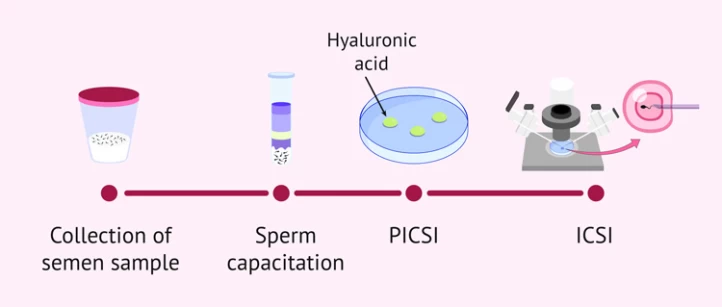
What Happens After ICSI?
After ICSI, the doctor will screen the embryo for five days to measure its size and cell mass. On the fifth or sixth day after fertilization, the healthy blastocyst is transferred into the mother's uterus with the help of a narrow tube and ultrasound. Transferring the embryo is simple and painless and will take about 5-10 minutes. After the transfer, you have to lie down for a couple of minutes, and then you are free to leave the clinic. You can take a urine or blood test two weeks later to confirm the pregnancy.
Problems in Sperm Collection during ICSI
Notably, the ICSI method is not 100% successful because it can be impeded for various reasons, including problems in collecting sperm. In fact, before undergoing this treatment, it should be determined by tests whether the male sperm is suitable for fertilizing the egg and producing a sufficient number of embryos. After that, the possibility of producing sperm without a doctor's intervention is determined.
If the male partner cannot produce sperm, sperm is collected from the epididymis (PESA) or the testicles (TESA). In some cases, testicular biopsy or sampling of testicular tissue (Micro TESE method) has to be done.
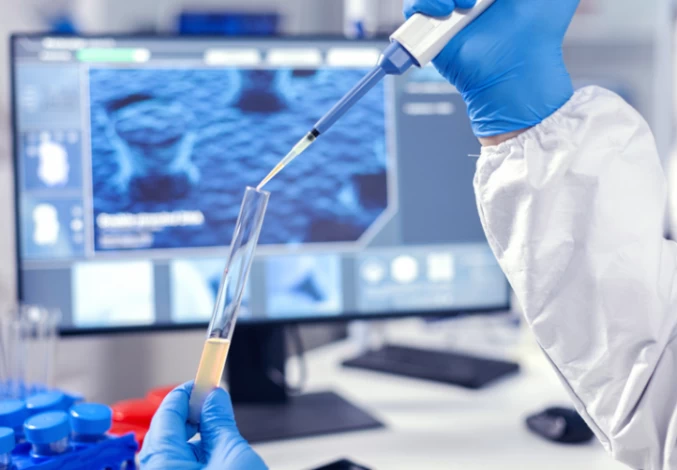
All About Frozen Embryo
In some cases, when the ovaries are inducted and the eggs are collected, more than one egg can be fertilized with sperm; thus, excess embryos can be obtained. In such conditions, couples can freeze embryos in fertility centers in Iran for future pregnancies and treatments.
Sometimes, problems such as vaginal bleeding during embryo transfer, excessive ovarian induction, uterine fibroids such as myomas and polyps, etc., are observed in the first egg retrieval process. If these problems occur, the doctor may recommend that the extra embryos be frozen for future pregnancies. By doing so, there is no need to re-induce the ovaries.
What Is the Difference between IVF and ICSI?
Despite many similarities, IVF and ICSI methods have differences, the most important of which is how the egg is fertilized by sperm. Of course, the main difference between these two methods with the IUI treatment is the location of fertilization; in IUI, the sperm is injected into the fallopian tubes to make intrauterine fertilization. Thus, although the IUI method is more straightforward and less invasive, it is less successful.
The most suitable candidates for the IVF treatment are women under 37 with a BMI of less than 30 and an adequate ovarian reserve. However, we should note that this method is used for many infertility problems.
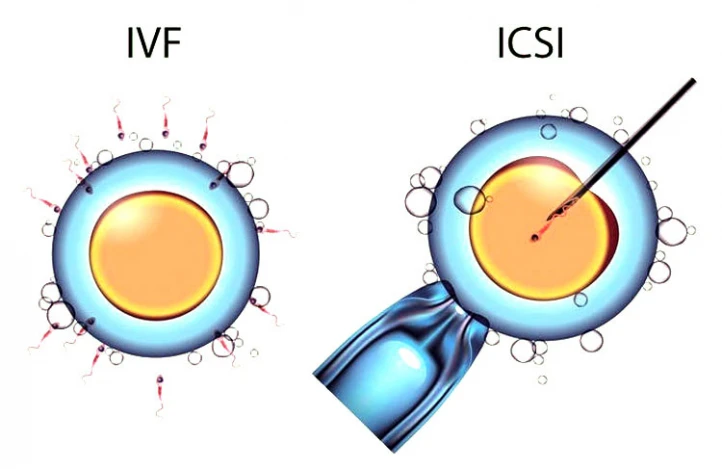
According to the conditions mentioned earlier, the best candidates for microinjection are men with sperm problems. The most critical sperm problems include abnormal shape, low number, low motility, and needing to collect sperm with surgery. ICSI treatment can also be used when the woman suffers from pelvic adhesions and closed fallopian tubes.
In general, the ICSI method is one of the final fertility treatments used in the case of failure in the IVF method and the impossibility of using the IUI technique. Due to the difference in the fertilization treatment method, the chance of having twins in IVF is usually higher than in microinjection.
Success Rates of ICSI in Iran
Statistics show that the success rate of IVF with and without microinjection is not significantly different, about 30 to 40%. But so far, the effectiveness of the ICSI procedure in treating many infertile couples has been proven so many times.
This fact has increased the validity of this method. This method usually fertilizes 70 to 85% of the eggs and is more successful than IVF in couples where the male partner is infertile. Of course, IVF is still an effective treatment method complementary to ICSI; in many cases, both are used together.
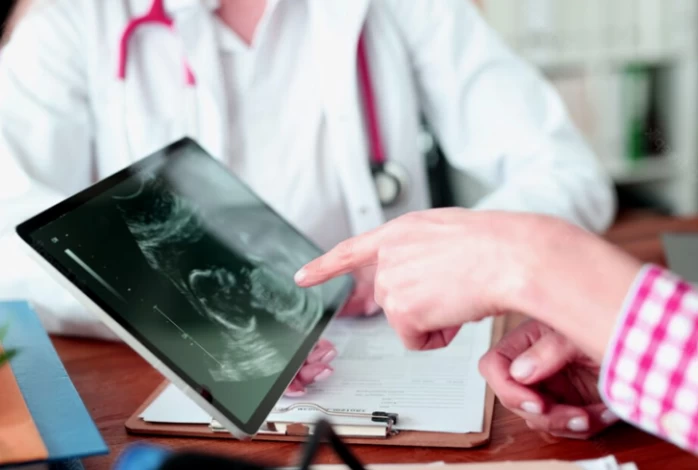
Fetal Sex Determination by ICSI in Iran
After fertilization in the laboratory, doctors can determine the embryo's sex by microinjection and PGD. To do so, a cell is taken from each embryo, and its chromosome is identified.
In this way, the desired gender of the embryo is transferred to the mother's uterus. We should note that although the success chance of the ICSI treatment is about 35 to 40% (as in other methods), it almost 100% determines the sex of the fetus.
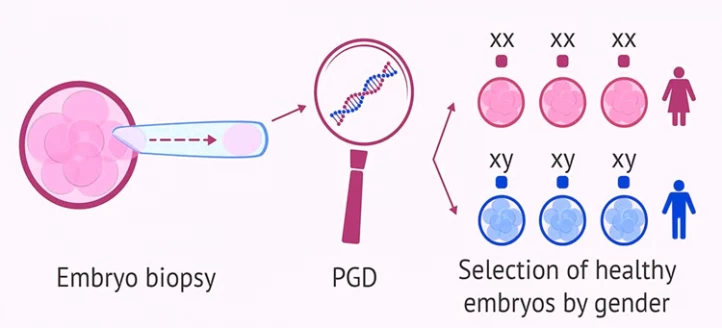
Advantages of the Microinjection Method
Compared to other methods of assisted reproduction, microinjection has some extra advantages which demarcate it from other methods. In the following, the most prominent ICSI benefits are introduced:
- Possibility of using this method if there is even one healthy sperm in the male partner;
- Possibility of using the method for women without fallopian tubes;
- Suitable for treating men with severe fertility problems and the ones who don't produce sperm at all;
- Suitable for using frozen eggs in fertilization, regardless of their changes after freezing and
- Higher chance of fertilization compared to IVF,
Dangerous Symptoms After Microinjection Surgery
You should see your doctor immediately if you notice any dangerous symptoms or problems after egg collection or embryo transfer. These problems include:
- Severe bleeding;
- Continued dizziness and nausea after surgery;
- Observing the symptoms of ovarian hyperstimulation syndrome;
- Pain in the abdomen;
- Short of breath;
- Observing blood in the urine and
- Having a fever above 38 ° C.

Disadvantages of the Microinjection Method
Despite its many advantages, the microinjection or ICSI method has some disadvantages and limitations, such as:
- Lower chance of fertility in women over 40 years old due to the low quality of the eggs;
- Possibility of multiple births;
- In the case of multiple births, the risk of miscarriage and preterm delivery is higher;
- The need to spend relatively much time and money;
- Possibility of developing ovarian hyperstimulation syndrome;
- The possibility that a son inherits genetic problems from the father, such as the absence of vas deferens and low sperm count (if the father has any of these problems);
- Having pain around the abdomen after the egg retrieval process. However, the pain can be relieved by painkillers;
- Mild bleeding or spotting within 1 to 2 days after the egg retrieval process;
- Complications of anesthesia such as mild dizziness and nausea up to 1 day after egg collection;
- Possibility of developing ovarian hyperstimulation syndrome (OHSS) with symptoms such as lower abdominal pain, severe ovarian enlargement, stomach bulging, weight gain due to swelling or edema, nausea and vomiting, etc.; and
- Risk of ectopic pregnancy and need for ultrasound diagnosis.
Taking Medicine after Transferring Embryo
The patient should take several medicines after transferring the embryo by the microinjection method. The body needs progesterone to complete the implantation and pregnancy, reduce uterine contractions, and strengthen the uterus lining; thus, progesterone injection begins immediately after the embryo transfer. However, if you do not see any pregnancy signs after embryo transfer about two weeks after the transfer, you will stop taking this medicine.
Under any circumstances, doctors should choose the most appropriate fertility treatment method. Also, the doctor should consider the treatment's Success, risk, and complications in advance.
How Long Does ICSI Take in Iran?
In Iran, the length of treatment depends on several factors. Usually, the initial examination and ultrasound take about 2 weeks. After that, the course of drug administration until the transfer of the embryo lasts about 4 to 6 weeks, 2 weeks of which are related to the course of drug therapy. Sperm sampling and egg collection in the fertility centers of Iran also take about half a day.
After 2 to 5 days, the patient should go to the fertility center to transfer the embryo, and 2 weeks after the end of the ICSI procedure, a pregnancy blood test or a Beta test should be performed to confirm the pregnancy.
Raadina Health, as a branch of Raadina Travel Co., provides the best services to patients seeking ICSI treatment in Iran. We help you easily find the best fertility treatment centers in Iran and the right specialist. To book an appointment with a doctor, begin here.
FAQs About ICSI
1) What is the next step after an ICSI failure?
If the cause of ICSI failure is the poor quality of the egg or sperm, you can use donated egg/sperm/embryos. If you are unwilling to use them, you can repeat the procedure as soon as you are physically and mentally ready.
2) Is ICSI better than IVF?
Studies have revealed that IVF has a higher chance of implantation and successful pregnancy.
3) What is the success rate of ICSI?
Contrary to popular belief, the success rate of ICSI is not %100. Usually, the chance of fertilization in ICSI is between 50 to 80 percent.
4) How many sperm are needed for ICSI?
During each cycle of ICSI, one healthy and motile sperm is needed per egg.
5) Does ICSI increase your risk of having twins, triplets, or more?
Yes. Multiple pregnancies are a severe complication of the ICSI method because most women are not physically ready to carry two or three babies. Also, multiple pregnancies may lead to preterm labor and miscarriage. In ICSI, the chance of having twins and triplets is %30-35 and %5-10, respectively.
6) What is the minimum sperm count for ICSI?
Although only one healthy sperm is needed for pregnancy with ICSI, the patient has to have at least 10 million motile sperm in each ejaculation to have a high chance of conceiving. In fact, if only 15% of these sperms have progressive motility, the ICSI would be successful.
7) Does ICSI affect the baby negatively?
Fortunately, the risk of ICSI for babies is less than 2%. In rare cases, the child may suffer from intellectual disabilities, Angelman syndrome, Beckwith-Wiedemann syndrome, or Hypospadias in the future.






 WhatsApp
WhatsApp
 Telegram
Telegram
 Facebook
Facebook
 Email
Email


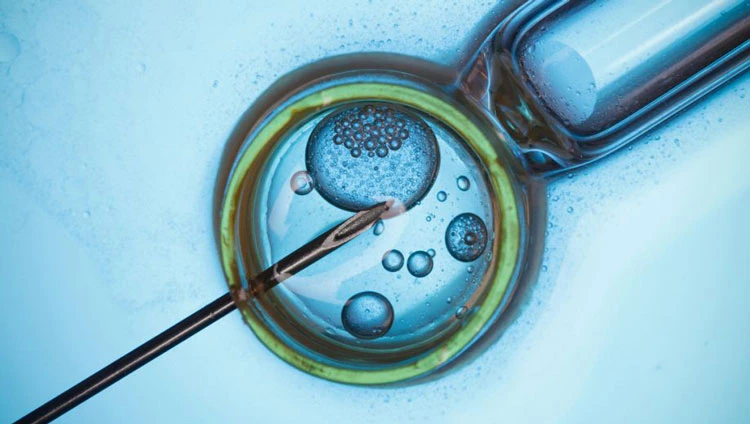
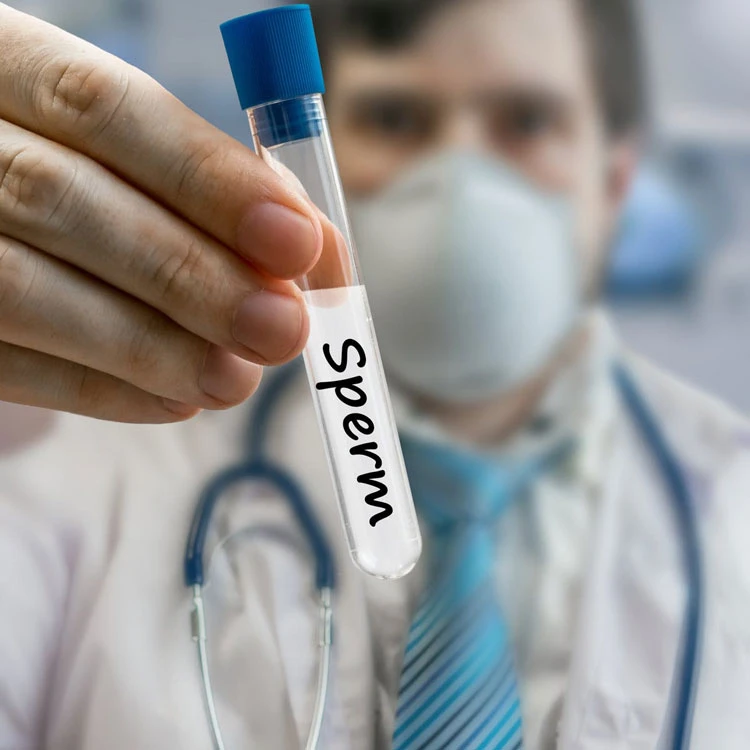
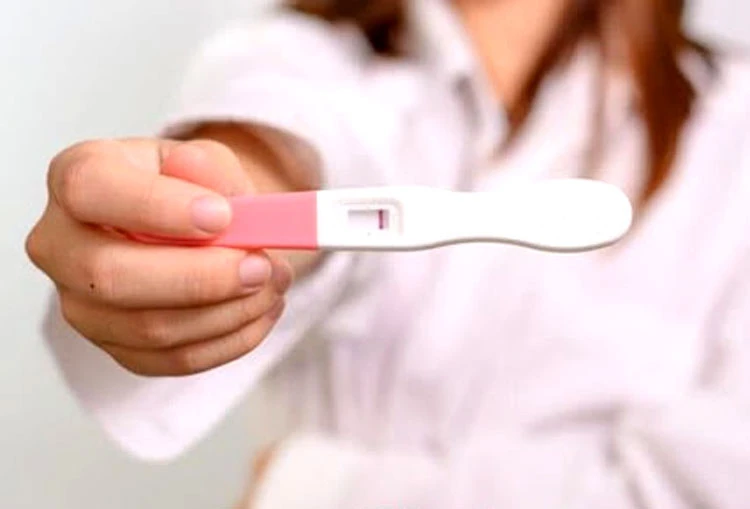

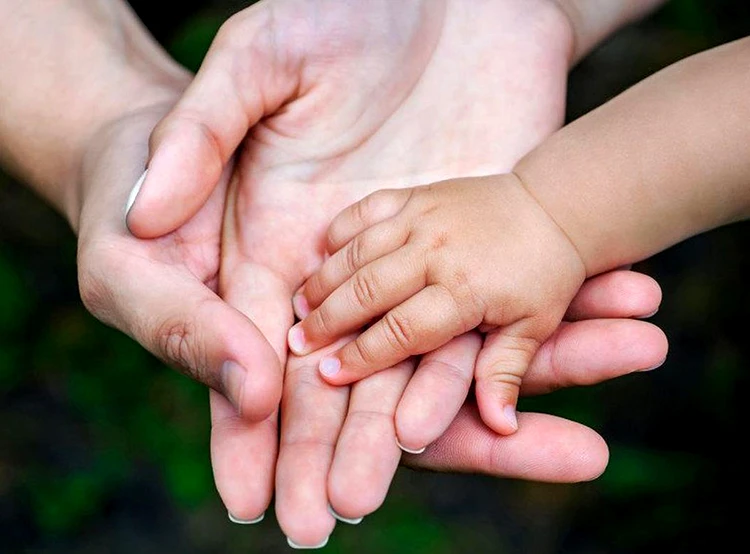

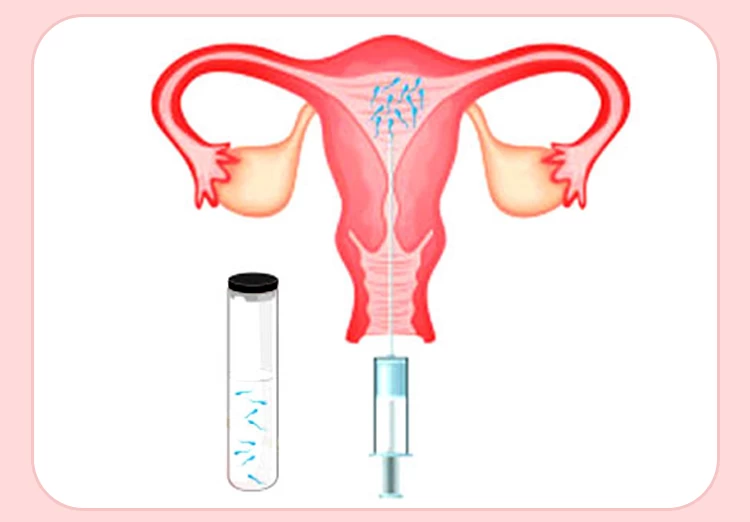
No reviews
Your comment